Rome NY Apartments: Community Gardens, Urban Living Redefined
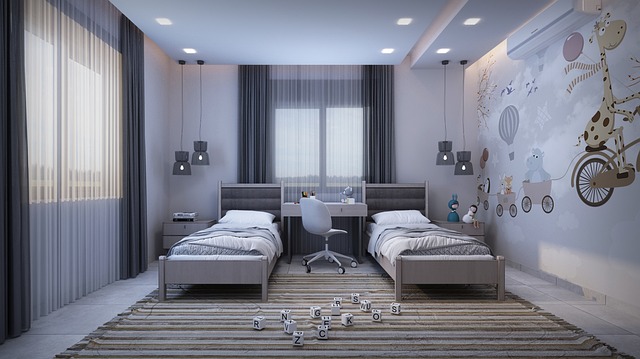
Rome NY apartments offer a blend of urban convenience and natural tranquility in a vibrant community garden complex. With diverse furnished units suit…….
Welcome to an extensive exploration of the vibrant and diverse world of Rome, New York (NY), apartments. This article aims to serve as a comprehensive guide, offering valuable insights into every facet of this dynamic housing sector. From its historical roots to contemporary trends, we will delve into what makes Rome’s apartment market unique and influential both locally and globally. Throughout this journey, readers will gain a profound understanding of the complex interplay between urban living, real estate, and community development in the heart of Upstate NY.
Definition: Rome NY apartments encompass a diverse range of residential properties within the city limits of Rome, located in Oneida County. This includes everything from quaint studio apartments in historic districts to luxurious high-rise condos along the Hudson River. The term ‘apartment’ here refers to multi-dwelling units (MDUs) offering rental or ownership opportunities for individuals and families seeking urban or suburban living.
Historical Overview: Rome’s apartment landscape has evolved significantly over the past century, reflecting the broader trends in American urban development. In the early 20th century, Rome was a thriving industrial city, attracting immigrants and workers from various backgrounds. This period saw the construction of many tenement buildings and row houses to accommodate the growing population. However, deindustrialization in the late 20th century led to a decline in these areas, presenting opportunities for revitalization.
During the 1980s and 1990s, Rome experienced a renaissance as efforts were made to restore and reuse older buildings, transforming them into modern apartments. This era marked a shift towards mixed-use developments, blending residential spaces with retail and commercial units. The city’s central location and proximity to major highways made it an appealing choice for both young professionals and families seeking affordable urban living.
Rome’s apartment market is not isolated; it is deeply interconnected with global trends and influences. Several key factors have shaped its development:
Urbanization: The global trend of urbanization has driven the demand for apartments worldwide, including in Rome. As more people migrate to urban centers, the need for affordable, quality housing becomes paramount. This has led to a surge in high-density apartment construction and innovative design solutions to maximize space utilization.
Sustainability Focus: The push for sustainable and eco-friendly buildings is evident in modern Rome apartments. Developers are incorporating green features such as energy-efficient appliances, solar panels, and smart home technology to attract environmentally conscious tenants. This trend aligns with global efforts to reduce carbon footprints and promote sustainable living.
Tech Integration: Technology plays a pivotal role in the apartment sector globally, and Rome is no exception. Smart apartments equipped with advanced security systems, voice-activated controls, and high-speed internet connectivity are becoming increasingly popular. These technological advancements enhance tenant experiences and contribute to the growing demand for tech-savvy living spaces.
Global Investment: International investors have taken notice of Rome’s potential, driving significant investment in its apartment market. Foreign capital has contributed to large-scale development projects, particularly in prime locations along the Hudson River and within walking distance of downtown attractions. This influx of investment has helped revitalize certain neighborhoods and boosted the city’s overall appeal.
The Rome NY apartment market operates within a dynamic economic framework, influenced by both local and regional factors. Here’s an in-depth look at some key aspects:
| Market Dynamics | Description |
|---|---|
| Rental Demand: Rome experiences consistent demand for rental apartments due to its robust job market, affordable cost of living compared to neighboring metropolitan areas, and a range of lifestyle attractions. | |
| Homeownership Rate: The city’s homeownership rate is relatively lower than the national average, indicating a robust rental market. This trend reflects the preferences of younger generations and the growing appeal of urban living. | |
| Empty Nests: In recent years, there has been an increase in ’empty nest’ households, leading to more units becoming available for rent or sale. This shift demographic is expected to continue shaping the market dynamics. |
Investment Patterns:
Institutional Investors: Large institutional investors and real estate funds have shown a strong interest in Rome’s apartment market, particularly in high-quality, well-located properties. They often bring substantial capital and expertise for large-scale development projects.
Local Developers: Small to medium-sized local developers play a crucial role in providing diverse housing options. They cater to specific niche markets and contribute to the city’s unique character through their projects.
Foreign Investment: As mentioned earlier, foreign investors have been active in Rome, attracted by its potential for capital appreciation and strong rental yields compared to other global markets.
Technology is revolutionizing the apartment sector, and Rome has embraced these innovations with enthusiasm. Here are some key technological advancements shaping the city’s residential landscape:
Smart Homes: Many new apartments now come equipped with smart home technology, allowing tenants to control lighting, temperature, and security systems remotely via smartphone apps or voice assistants. This enhances convenience and energy efficiency.
High-Speed Internet: Reliable high-speed internet connectivity is becoming a standard feature in Rome apartments. Developers are partnering with service providers to ensure tenants have access to blazing-fast speeds, which are essential for remote work, streaming, and online entertainment.
Security Systems: Advanced security measures such as biometric access control, motion sensors, and surveillance cameras are being integrated into apartment buildings. These systems provide tenants with peace of mind and contribute to overall community safety.
Energy Efficiency: Green building practices are driving the adoption of energy-efficient appliances, LED lighting, and smart thermostats. These technologies not only reduce operating costs for landlords but also appeal to eco-conscious tenants.
The development and management of Rome’s apartment sector are guided by a comprehensive web of policies and regulations. These frameworks ensure fair practices, maintain quality standards, and protect the interests of both developers and tenants:
Zoning Laws: Zoning regulations dictate land use and building codes, ensuring that apartments are developed in designated areas. Rome has various zoning districts, each with specific rules regarding density, height restrictions, and permitted uses.
Building Codes: Strict building codes govern the construction and renovation of apartment buildings, focusing on safety, accessibility, and sustainability. These codes include requirements for structural integrity, fire safety, and energy efficiency.
Rent Control and Security Deposits: Rome has implemented rent control measures to protect tenants from excessive rental increases. Security deposits are regulated to ensure landlords do not charge unreasonable amounts.
Fair Housing Laws: The city adheres to federal and state fair housing laws, prohibiting discrimination based on race, religion, gender, disability, and other protected characteristics in housing rentals and sales.
Landlord-Tenant Relations: Rome has established guidelines for landlord-tenant interactions, outlining the rights and responsibilities of both parties regarding maintenance, repairs, and lease agreements.
Despite its many successes, Rome’s apartment market faces several challenges and criticisms that require strategic solutions. Here’s a closer look at some key issues:
Affordability: One of the primary concerns is the rising cost of living, particularly for lower-income residents. The demand for affordable apartments outstrips supply, leading to higher rental rates. Addressing this issue requires collaborative efforts between developers, government agencies, and non-profit organizations to create more inclusive housing options.
Gentrification: Rome has experienced gentrification in certain neighborhoods, pushing out long-time residents due to rising property values and rents. This process needs careful management to ensure it benefits the entire community while preserving historic areas.
Lack of Diversity in Development: Critics argue that recent development projects have lacked diversity in terms of design, tenant demographics, and pricing. Encouraging a mix of housing types and price points can foster more inclusive communities.
Infrastructure Limitations: Some areas within Rome struggle with outdated infrastructure, including limited public transportation and inadequate waste management systems. Investing in these essential services is crucial for supporting dense urban living.
Overview: Located in the heart of downtown Rome, Renaissance Lofts is a historic renovation project that transformed an old industrial building into modern lofts and condos. This development offers a mix of studio, one-bedroom, and two-bedroom units, catering to young professionals and artists.
Success Factors:
Preserving History: The developers meticulously restored the building’s original architectural details while incorporating modern amenities, creating a unique blend of old and new.
Community Engagement: The project involved close collaboration with local artists and community groups, ensuring the development aligned with the neighborhood’s character.
Mix of Amenities: Renaissance Lofts provides residents with on-site retail spaces, a shared rooftop terrace, and an indoor parking garage, enhancing the overall lifestyle experience.
Lessons Learned: This case study demonstrates that preserving historic buildings can lead to vibrant, sought-after residential spaces while fostering community engagement is essential for successful development.
Project Description: Along the Hudson River, a new apartment complex emerged, featuring eco-friendly design and state-of-the-art amenities. With a focus on sustainability, the development includes energy-efficient units, green common areas, and a community garden.
Key Achievements:
Eco-Friendly Design: The apartments utilize natural lighting, passive cooling techniques, and renewable energy sources, reducing the carbon footprint of the buildings.
Community Engagement: Riverfront Apartments organized regular community events, encouraging residents to connect with each other and foster a sense of belonging.
Partnerships: Developers collaborated with local environmental groups to implement sustainable practices, demonstrating a commitment to the community’s well-being.
Impact: This project has inspired other developers to prioritize sustainability in their projects, showcasing that eco-friendly apartments can be both aesthetically pleasing and economically viable.
The Rome NY apartment market is poised for continued growth and evolution. Several emerging trends and strategic considerations shape its future:
Sustainable Development: As global awareness of climate change grows, developers will increasingly embrace sustainable practices in new construction and renovations. This includes incorporating green building materials, energy-efficient technologies, and water conservation measures.
Tech-Driven Living: The integration of smart home technology will continue to be a significant trend, with more apartments offering voice-controlled systems, automated lighting, and advanced security features.
Micro-Apartments: In response to changing lifestyle preferences and urban living demands, micro-apartments (studios or one-bedroom units under 500 sq. ft.) are expected to gain popularity. These compact spaces cater to young professionals and students seeking affordable urban living.
Co-Living Spaces: Co-living arrangements, where tenants share common areas and amenities while maintaining private bedrooms, are emerging as a new trend. This concept appeals to millennials and Gen Z who value community and shared experiences.
Housing Diversity: There will be a greater emphasis on creating diverse housing options to cater to various demographics, including families, seniors, and individuals with specific needs. This includes mixed-income developments and accessible housing initiatives.
Rome NY apartments represent a vibrant, ever-evolving segment of the real estate market, deeply intertwined with the city’s cultural, economic, and social fabric. From its historical roots to its modern technological advancements, the apartment sector has played a pivotal role in shaping Rome’s identity. As the city continues to grow and change, so too will its housing landscape, driven by global trends, local preferences, and innovative developments.
By embracing sustainability, technology, and diversity, Rome can ensure that its apartments remain affordable, attractive, and inclusive for generations to come. The case studies presented in this article highlight the potential for successful development while addressing critical challenges. As the future unfolds, Rome’s apartment market is poised to be a dynamic force, reflecting the city’s unique character and aspirations.
Q: What makes Rome NY apartments unique compared to other US cities?
A: Rome offers a blend of historical charm and modern amenities, set against the backdrop of the Hudson River. Its diverse housing options range from restored historic buildings to sustainable, high-tech developments, catering to various lifestyles while maintaining a strong community feel.
Q: Are there affordable housing options available in Rome?
A: Yes, while rental rates have been increasing, Rome still offers a range of affordable apartment choices, particularly through government-assisted programs and non-profit organizations focused on providing low-income housing.
Q: How can I find the best apartment for my needs?
A: Consider your budget, preferred location, amenities, and lifestyle when searching for an apartment. Utilize online listings, contact real estate agents, and visit properties to ensure the best fit.
Q: What are some common issues with renting apartments in Rome?
A: As with any rental market, tenants may face challenges such as poor maintenance, unfair rent increases, or problematic landlords. Being informed about local tenant rights and seeking referrals can help mitigate these issues.
Q: Are there any upcoming developments that will change the apartment landscape in Rome?
A: The city is seeing a surge in sustainable and tech-focused developments, with an emphasis on creating diverse housing options. Co-living spaces and micro-apartments are also emerging trends to watch.

Rome NY apartments offer a blend of urban convenience and natural tranquility in a vibrant community garden complex. With diverse furnished units suit…….
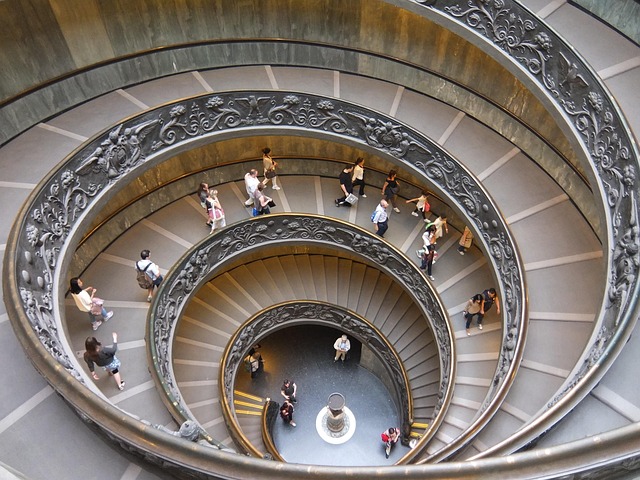
Rome NY apartments offer a diverse range of living options, from luxurious high-rises to charming historic homes, catering to various needs. Modern am…….
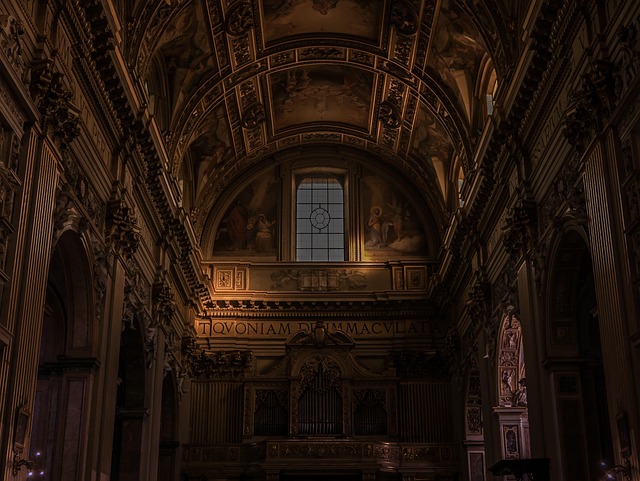
High-speed internet is vital for modern living in Rome NY apartments, catering to diverse needs from heavy data usage to budget-friendly options. It e…….

Rome NY apartments offer a unique blend of historic charm and modern amenities. Historic lofts with industrial aesthetics cater to artists and profess…….

Rome, NY offers a diverse range of apartments catering to various lifestyles, from peaceful neighborhoods with family-friendly spaces to city center h…….

When planning a trip to Rome, New York, choosing accommodation is key. Rome NY apartments offer diverse options for short-term stays, catering to solo…….

Rome NY apartments offer a vibrant culinary scene with diverse dining options from cozy cafes to upscale restaurants. Indulge in authentic Italian cui…….
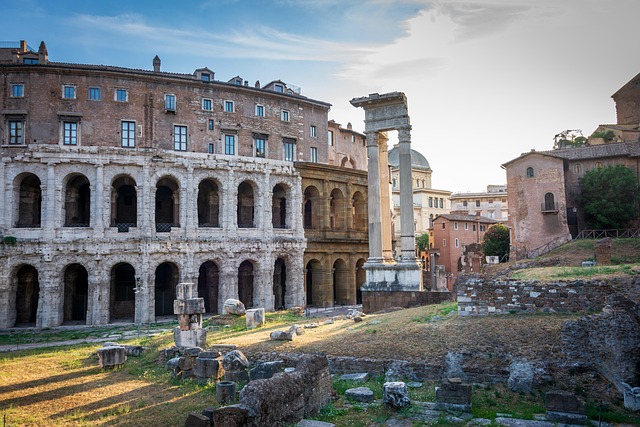
Rome NY Apartments offer a unique blend of urban convenience and suburban charm, catering to diverse residents with luxurious amenities, spacious livi…….
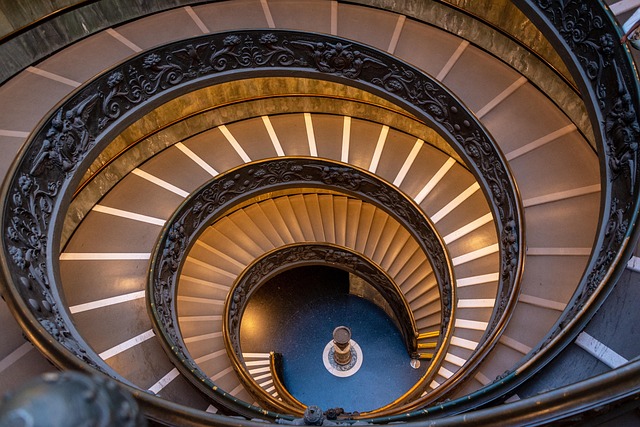
Rome NY apartments offer a unique blend of luxury and community living in meticulously designed spaces with modern amenities. Spacious layouts, stunni…….
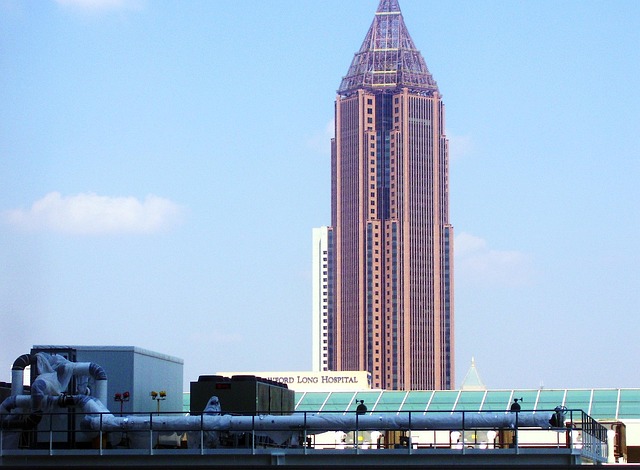
Rome NY apartments offer sustainable living with green features like solar panels and smart thermostats. They provide shared green spaces, recycling p…….